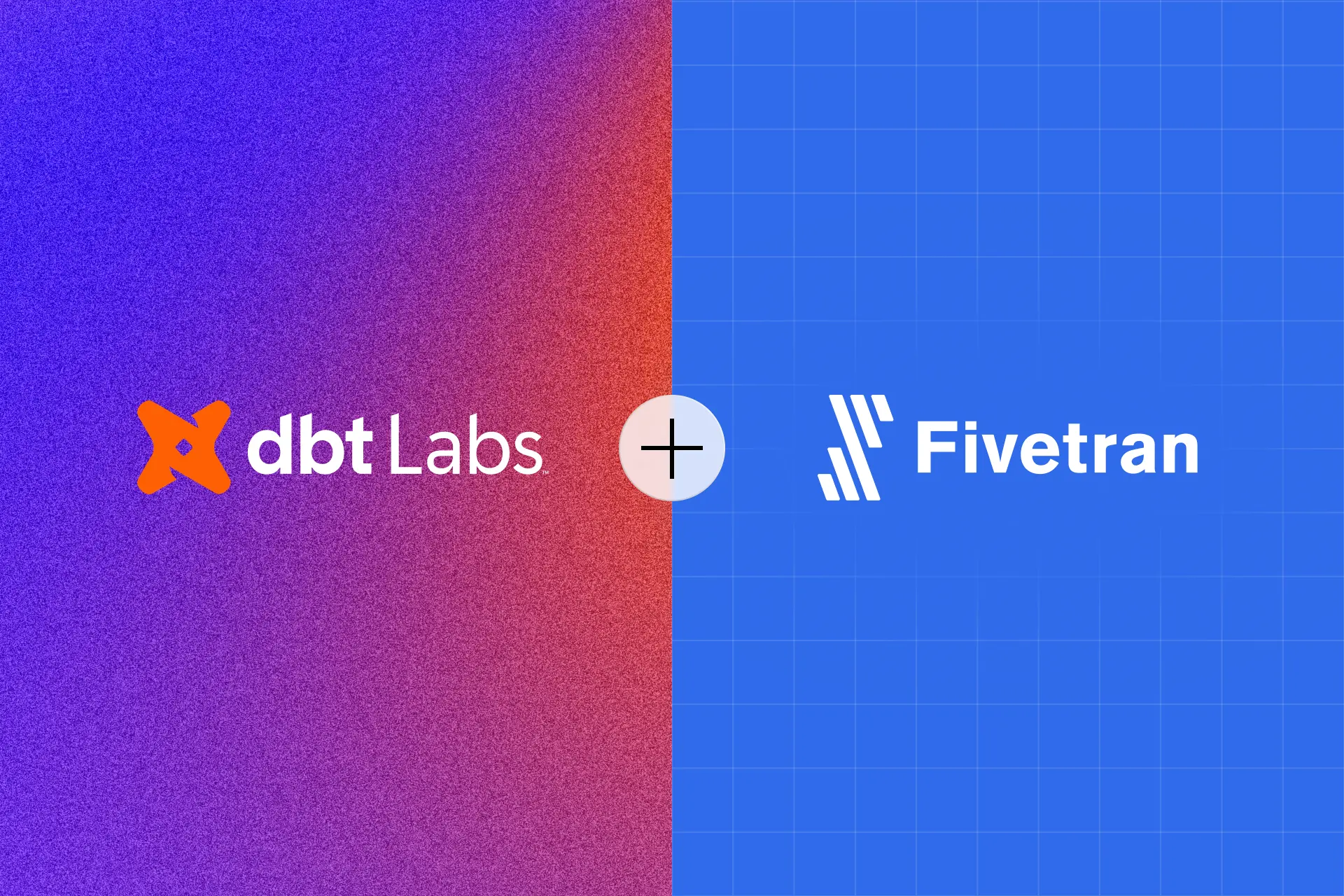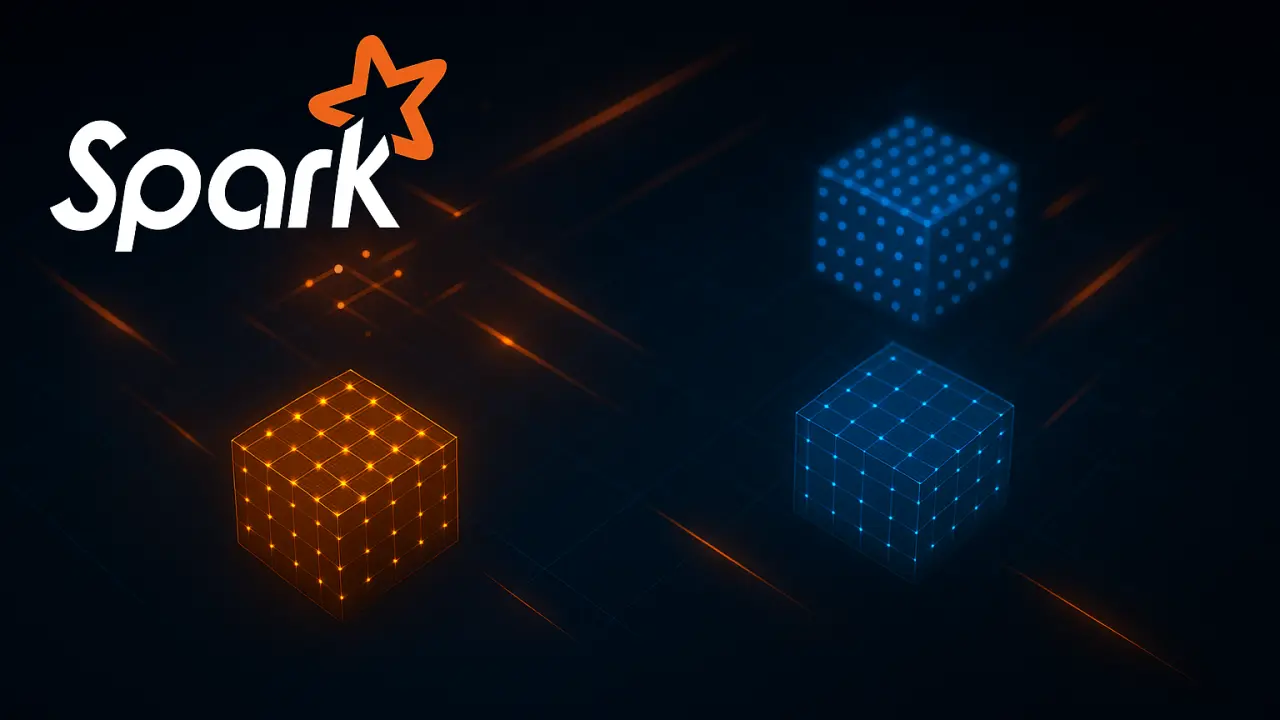
The Fivetran-dbt "Marriage of Convenience" That's Quietly Declaring War on Snowflake
The merger between Fivetran and dbt Labs isn't just consolidation, it's a strategic power play to flip the data stack hierarchy and make warehouses the commodities, not the kings.
The $600 million ARR behemoth resulting from the dbt-Fivetran merger isn’t just about creating a bigger company, it’s about fundamentally rewriting who controls the modern data stack. While the official narrative focuses on “open data infrastructure” and better user experiences, the real story reveals a calculated move to challenge the iron grip of Snowflake, Databricks, and the cloud giants on enterprise data budgets.
The Squeeze That Forced a Handshake
Fivetran didn’t wake up one day thinking “let’s merge with our transformation layer buddy.” The move was born from market pressure that’s been building for years. Andreessen Horowitz ↗, an investor in both companies, likely saw the writing on the wall: standalone ELT tools were becoming commodities.
The squeeze came from both directions. At the top, Snowflake and Databricks began offering their own data ingestion capabilities, effectively commoditizing EL for enterprise contracts. Why would a Fortune 500 company spend millions on Fivetran when their Snowflake contract already includes basic data movement? At the bottom, open-source alternatives like Airbyte and dlt hub offered 80% of the functionality for 20% of the cost.
dbt faced its own plateau. While the transformation layer became indispensable, growth had stagnated as the tool reached near-universal adoption within its target market. The open-source dbt Core created tremendous market penetration, but it’s difficult to monetize popularity when your users treat your product as plumbing rather than a platform.
Redefining “Open” When Both Companies Are Anything But
The official announcement frames this as building “open data infrastructure” against the “all-in-one data platforms” of Snowflake and Databricks. But let’s be real: both Fivetran and dbt are proprietary commercial entities. Fivetran’s entire business model ↗ is built on closed-source connectors, and dbt’s most lucrative features live behind paywalls in dbt Cloud.
The developer community’s reaction has been telling. Many are questioning what “open” means when the combined entity controls both ends of your data pipeline. Concerns have been raised that future features would be dbt cloud only. The open-source foundation that made dbt ubiquitous now risks becoming a compatibility layer for their commercial offerings.
The Iceberg Gambit: Making Warehouses Interchangeable
The most strategic part of this merger lies in the technical architecture they’re building toward. dbt’s recent articles hint at their vision: using Apache Iceberg to decouple storage from compute. This changes the entire game.
In this future architecture:
- Storage becomes commodity (S3, GCS)
- Compute becomes interchangeable (Snowflake, BigQuery, DuckDB)
- The “control plane” moves to DBTran
If this works, DBTran positions itself as the orchestrator that sits above the warehouses. Instead of Snowflake being your starting point with everything else as an add-on, DBTran becomes the brain that routes work to whatever compute engine makes sense, potentially saving millions in compute costs while giving enterprises unprecedented flexibility.
The Unspoken Investor Liquidity Play
Let’s not ignore the financial reality: this is an all-stock merger between two VC-backed companies that needed an exit strategy. Industry observers have noted that dbt investors finally found their pathway to liquidity, highlighting that neither company was likely to IPO independently in today’s market.
The combined entity creates a $600 million ARR business that can credibly pitch itself as the “modern data stack in a box”, a narrative that plays much better on Wall Street than “we’re the T in ELT” or “we move data between systems.” This creates leverage against the cloud giants who were slowly encroaching on both companies’ territories.
What This Means for Your Data Team
For data engineers and analytics leaders, this merger signals several immediate shifts:
Increased vendor concentration risk is the obvious concern. When 90% of Fivetran customers already use dbt, consolidation means fewer negotiation levers and potentially higher prices. As industry analysts point out ↗, “combining pipeline ingestion and transformation increases integration and convenience, but also brings increased vendor lock-in.”
The integration story matters. If DBTran can deliver truly seamless movement from raw source to transformed table without the typical duct tape between tools, this could dramatically reduce operational overhead. The proof will be in how well they unify metadata, lineage, and monitoring across previously separate domains.
Open-source alternatives just became more interesting. Projects like Dagster for orchestration, Airbyte for ingestion, and DuckDB for compute now have a clearer value proposition as hedge against vendor consolidation.
The Elephant in the Room: AI Infrastructure Wars
dbt’s recent positioning around “open data infrastructure for AI” isn’t coincidental. The AI boom has created new requirements that don’t fit neatly into traditional warehousing models. AI systems need:
- Direct access to data without being locked into specific compute platforms
- Centralized, high-quality metadata for model training
- Integration with fast-moving AI toolchains via standards like MCP
The combined entity potentially offers a more flexible foundation for AI workloads than the walled gardens of Snowflake or Databricks. While the cloud giants are trying to be everything to everyone, DBTran could position itself as the neutral Switzerland that works with any model, any compute engine, any storage layer.
Where This Ends: Acquisition or Dominance?
The natural question becomes whether this combined company becomes an acquisition target for one of the cloud giants or achieves sufficient scale to remain independent. The latter would require executing perfectly on the “control plane” vision while maintaining enough separation from the compute vendors they depend on.
History suggests that when middleware becomes too powerful, the platform vendors either acquire them or build competing offerings. Snowflake’s acquisition of Streamlit and continued investment in Snowpark represents exactly this dynamic, they won’t surrender the transformation layer without a fight.
Strategic Necessity Masquerading as Vision
The dbt-Fivetran merger represents the natural evolution of a maturing market. The “modern data stack” era of best-of-breed point solutions has given way to platform consolidation, driven by customer fatigue with integration complexity and vendor pressure to capture more budget.
The real question isn’t whether this merger makes sense, it absolutely does from a strategic perspective. The question is whether they can execute on the ambitious vision of making warehouses interchangeable while convincing enterprises that their “open” platform is genuinely more open than the alternatives.
For now, data teams should watch carefully, maintain optionality in their tooling choices, and prepare for a future where their data stack decisions become increasingly politicized by vendor competition. The era of peaceful coexistence between ELT tools and data warehouses is officially over.



